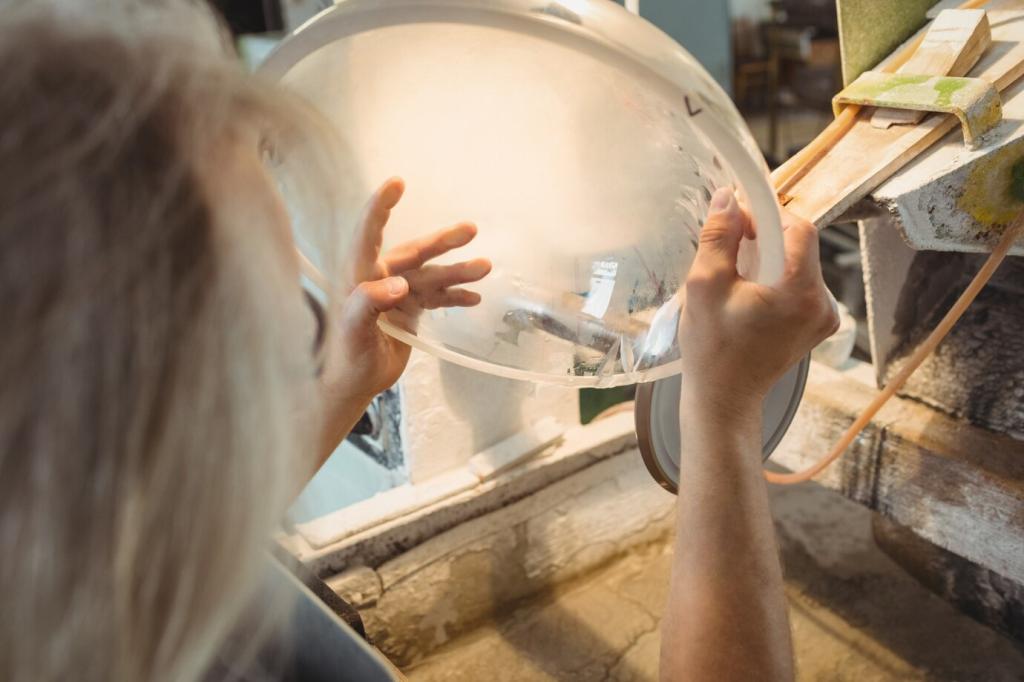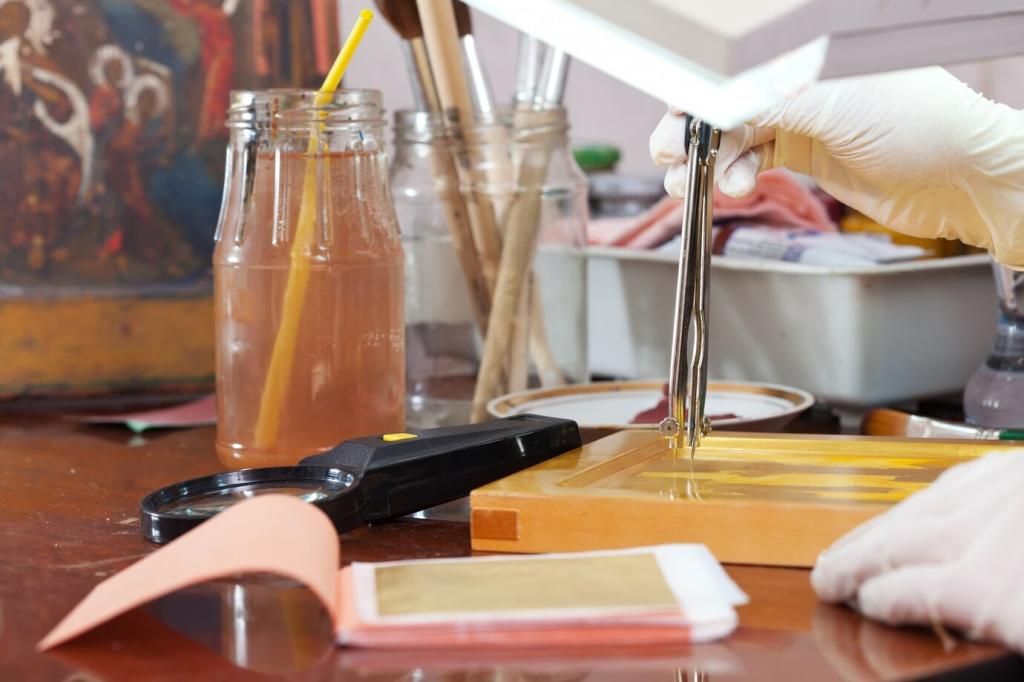Using the Wrong Adhesives, Nails, and Repairs
Traditional hot hide glue is reversible with heat and moisture, aligning with historic methods. Many PVA glues creep, resist reversal, and stain. If a joint is valuable or complex, document its construction, dry-fit carefully, and choose materials that future restorers can respectfully undo without collateral damage.
Using the Wrong Adhesives, Nails, and Repairs
Driving modern screws, brads, or staples into antique joinery introduces stresses and visual anachronisms. One case we saw: steel screws split a fragile mortise on a Windsor chair. Seek era-appropriate hardware, pre-drill carefully, and prioritize structural integrity over convenience. When uncertain, consult a conservator.







